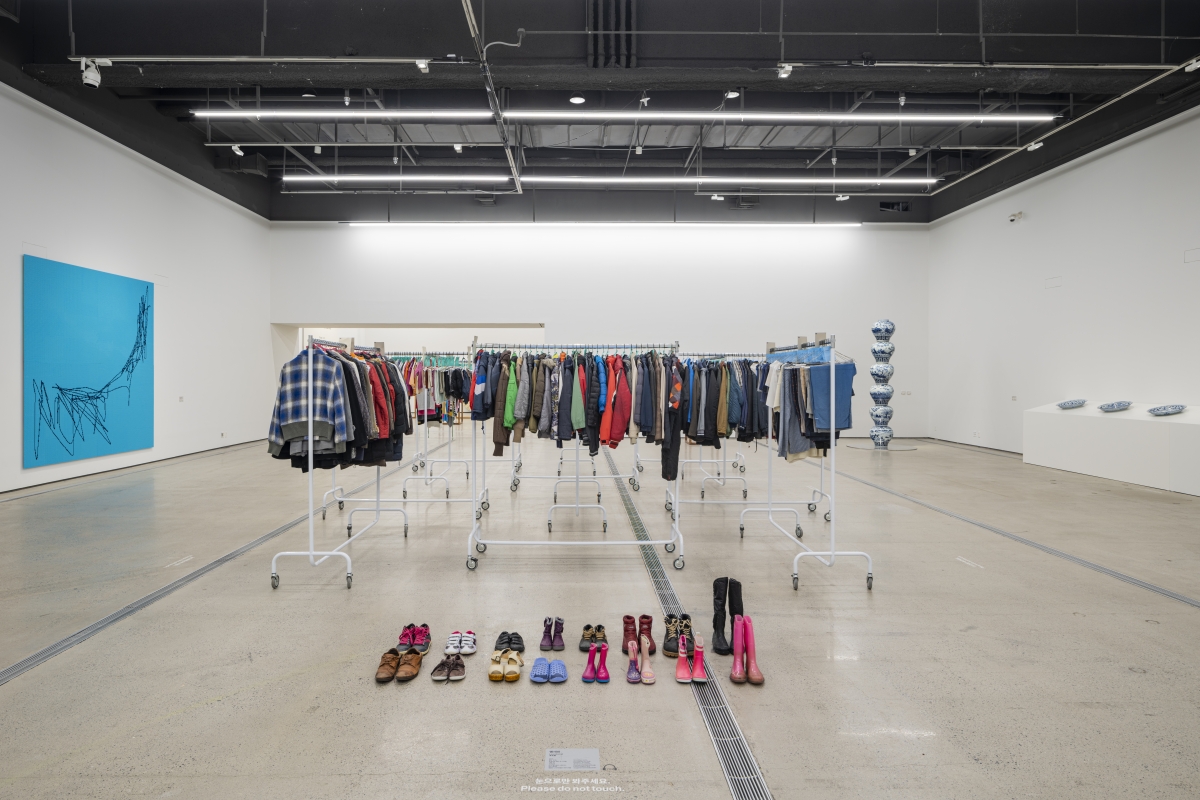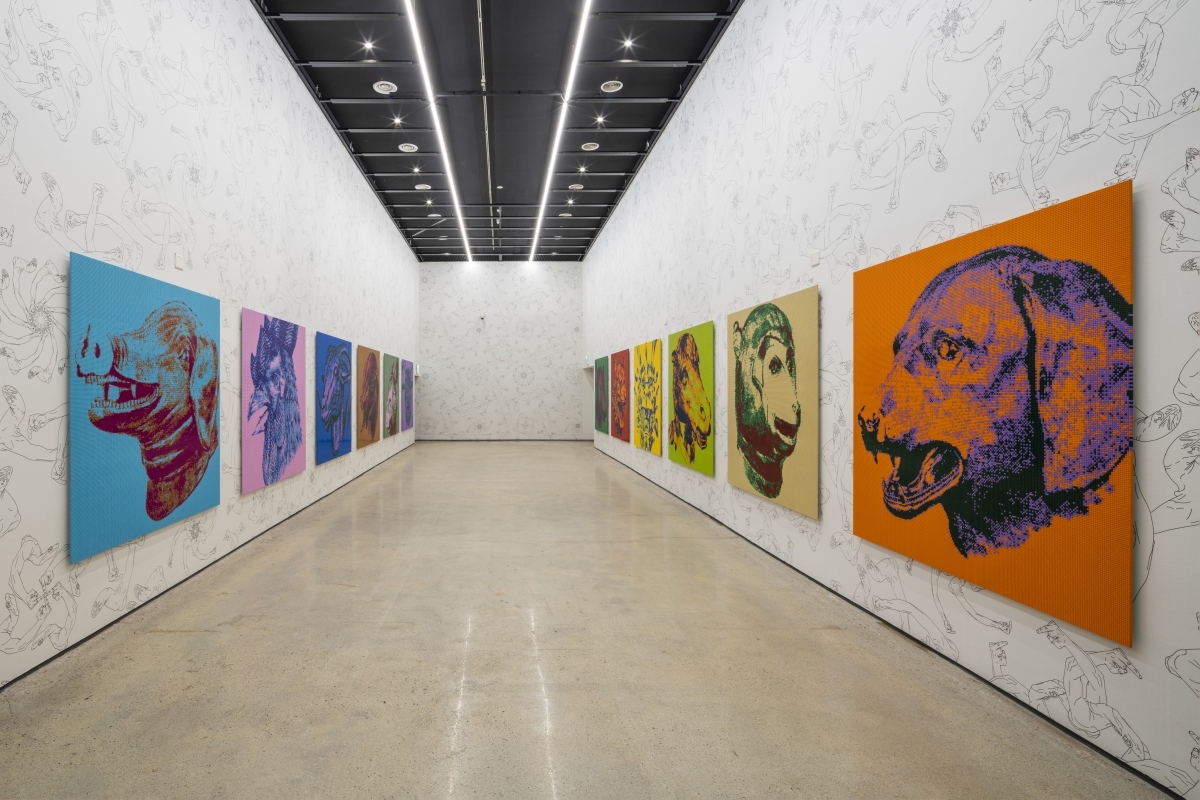
Laundromat, 2016

Zodiac, 2019
Image courtesy of MMCA / ⓒHong chulki
Ai Weiwei: Defend the Future will be on show at the National Museum of Modern and Contemporary Art Korea Seoul until 17 April. This exhibition is the artist's first solo exhibition in Korea and introduces about 120 selected works in which freedom of expression, respect for human rights, and digital communication are all explored as major themes. The exhibition title ‘Human Future’ combines the ‘human’, at the centre of Ai Weiwei’s artistic world, and ‘a better future than the present’. Ai Weiwei offers a critical message about our current state of affairs, including the current power hierarchies, and sometimes expresses it in his work in a radical way. This has caused some discomfort, and as a result, the artist's freedom of expression has often been restricted. Ai Weiwei requested people's interest and participation through SNS as a kind of resistance to any possible restrictions, and this was also completed as a part of the work. ‘Zodiac’ (2019) reveals his behaviorist attitude. Ai Weiwei has been using Lego to raise questions about the boundaries between art and commercial products, high-end and low-end art, but when he ordered a large quantity of Lego for a follow-up exhibition, an unexpected response came back. The Lego company replied, ‘The company policy cannot support the use of Lego for work for political purposes’. The artist posted this on his social media platforms, such as Twitter and Instagram, and people around the world uploaded tweets saying they would send their Lego bricks to Ai Weiwei. This is how Zodiac was created, through a project to locate Lego collection points like social media. ‘Laundromat’ (2016) also deals with refugees and human rights issues. In 2016, the Greek government moved refugees living in refugee camps. Ai Weiwei collected those items left in the camp, carried them to Berlin Studios, washed them, repaired them, ironed them, and made a list. The collection of clothes that no one wears anymore evokes the presence of those absent. Ai Weiwei's remarks at the exhibition were also impressive: ‘I have no interest in whether I want to be more or less successful in the art world. I don't think life and art are different things. What is the point of a life without dialogue, joy, or anger?’ Ai Weiwei's statement that is equivalent to the proverb that art equals life, embodied in his work.




